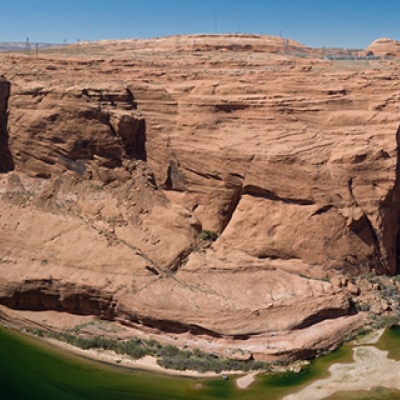
#ForewordFriday: Zero Net Energy Building Edition
By Katharine Sucher / On November 18th, 2016
Around the country, interest in Zero Net Energy (ZNE) buildings is growing—this fall Santa Monica passed the world’s first ZNE building requirement for new single family homes and Boise unveiled Idaho’s first commercial ZNE building.






